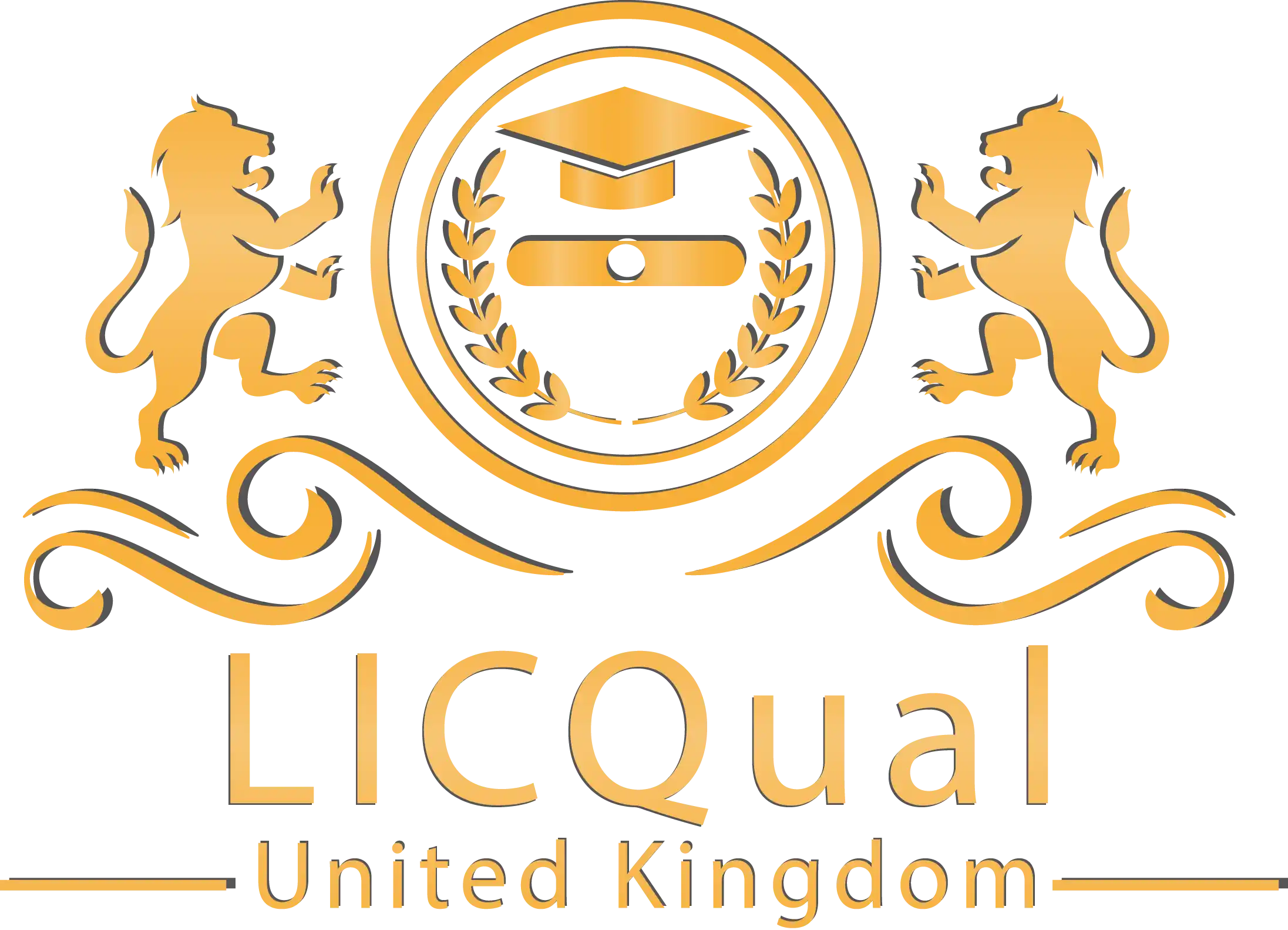The LICQual Combined Level 2 Certificate in Banksman, Slinger & Rigger is a professionally structured qualification designed to advance the practical skills and operational knowledge of individuals involved in lifting and rigging activities. Building on foundational competencies, this internationally accredited program delivers intermediate-level training to help participants take on greater responsibilities in lifting operations across a variety of sectors such as construction, oil and gas, logistics, marine, and manufacturing.
This comprehensive course focuses on the three essential roles within lifting teams: the Banksman, who controls and directs crane and vehicle movements; the Slinger, who attaches loads securely and communicates with the lifting team; and the Rigger, who sets up and dismantles lifting equipment. By combining all three disciplines into one qualification, learners gain a robust understanding of the entire lifting process and how to work as a cohesive unit to ensure safe and efficient operations.
Participants will explore key concepts such as load weight assessment, center of gravity calculation, appropriate selection and inspection of lifting accessories, safe slinging techniques, rigging system configurations, and effective signaling methods using both hand and radio communication. Emphasis is also placed on interpreting lifting plans, performing dynamic risk assessments, and adhering to international health and safety regulations.
What sets the LICQual Combined Level 2 Certificate apart is its hands-on approach to training. Learners are immersed in realistic lifting scenarios and practical exercises that simulate on-site challenges. This real-world application helps build not only technical capability but also critical thinking, problem-solving, and team coordination—skills vital for maintaining safety and productivity in fast-paced industrial environments.
Upon successful completion, candidates will be awarded the LICQual Combined Level 2 Certificate in Banksman, Slinger & Rigger, a globally recognized credential that validates the holder’s readiness to work independently or under limited supervision in lifting operations. This certificate enhances career progression opportunities, opening doors to supervisory roles, specialized rigging tasks, and higher-level certifications.
Whether you’re aiming to solidify your career in lifting operations or preparing to step into more complex site responsibilities, the LICQual Combined Level 2 Certificate in Banksman, Slinger & Rigger offers the technical depth, international credibility, and practical experience required to thrive in the industry. Equip yourself with the knowledge and certification to contribute confidently to high-risk, high-performance operational environments.
Course Overview
Qualification Title
LICQual Combined Level 2 Certificate in Banksman, Slinger & Rigger
Total Units
6
Total Credits
18
GLH
72
Qualification #
LICQ2200208
Qualification Specification
To enroll in the LICQual Combined Level 2 Certificate in Banksman, Slinger & Rigger, applicants must meet the following criteria:
|
Qualification# |
Unit Title |
Credits |
GLH |
|---|---|---|---|
|
LICQ2200208-1 |
Health & Safety Management for Lifting Operations |
3 |
12 |
|
LICQ2200208-2 |
Advanced Communication Techniques |
3 |
12 |
|
LICQ2200208-3 |
Risk Assessment in Lifting Operations |
3 |
12 |
|
LICQ2200208-4 |
Advanced Slinging Techniques |
3 |
12 |
|
LICQ2200208-5 |
Supervising Lifting Operations |
3 |
12 |
|
LICQ2200208-6 |
Legal Responsibilities and Compliance |
3 |
12 |
By the end of this course, learners will be able to:
Health & Safety Management for Lifting Operations
- Understand the principles of health and safety management in lifting operations.
- Identify potential health and safety hazards associated with lifting tasks.
- Develop strategies to minimize risks and ensure safety in lifting operations.
- Evaluate the effectiveness of health and safety practices within lifting operations.
Advanced Communication Techniques
- Demonstrate proficiency in advanced communication techniques for coordinating lifting operations.
- Apply effective verbal and non-verbal communication strategies in high-pressure lifting environments.
- Understand the importance of clear communication for ensuring team safety and operational efficiency.
- Assess the role of communication in preventing accidents and improving lifting operation outcomes.
Risk Assessment in Lifting Operations
- Conduct comprehensive risk assessments for lifting operations.
- Identify hazards and evaluate potential risks in lifting tasks.
- Implement appropriate risk control measures based on the assessment findings.
- Monitor and review risk assessments to ensure ongoing safety throughout lifting operations.
Advanced Slinging Techniques
- Master advanced slinging techniques for a variety of lifting scenarios.
- Select and use the appropriate lifting equipment and accessories for different loads.
- Ensure the safe and efficient use of slings to prevent damage to both the load and the lifting team.
- Troubleshoot and resolve common challenges encountered during slinging and lifting operations.
Supervising Lifting Operations
- Demonstrate leadership and supervisory skills in managing lifting operations.
- Coordinate lifting activities and ensure compliance with safety standards and protocols.
- Monitor team performance and provide guidance to ensure adherence to safe practices.
- Resolve conflicts and manage risks to maintain safe, efficient lifting operations.
Legal Responsibilities and Compliance
- Understand the legal requirements and regulations governing lifting operations.
- Ensure compliance with relevant local, national, and international laws and standards.
- Identify the legal responsibilities of all parties involved in lifting operations.
- Assess the consequences of non-compliance and implement corrective actions to maintain legal adherence.
This diploma is ideal for:
Assessment and Verification
All units within this qualification are subject to internal assessment by the approved centre and external verification by LICQual. The qualification follows a criterion-referenced assessment approach, ensuring that learners meet all specified learning outcomes.
To achieve a ‘Pass’ in any unit, learners must provide valid, sufficient, and authentic evidence demonstrating their attainment of all learning outcomes and compliance with the prescribed assessment criteria. The Assessor is responsible for evaluating the evidence and determining whether the learner has successfully met the required standards.
Assessors must maintain a clear and comprehensive audit trail, documenting the basis for their assessment decisions to ensure transparency, consistency, and compliance with quality assurance requirements.







